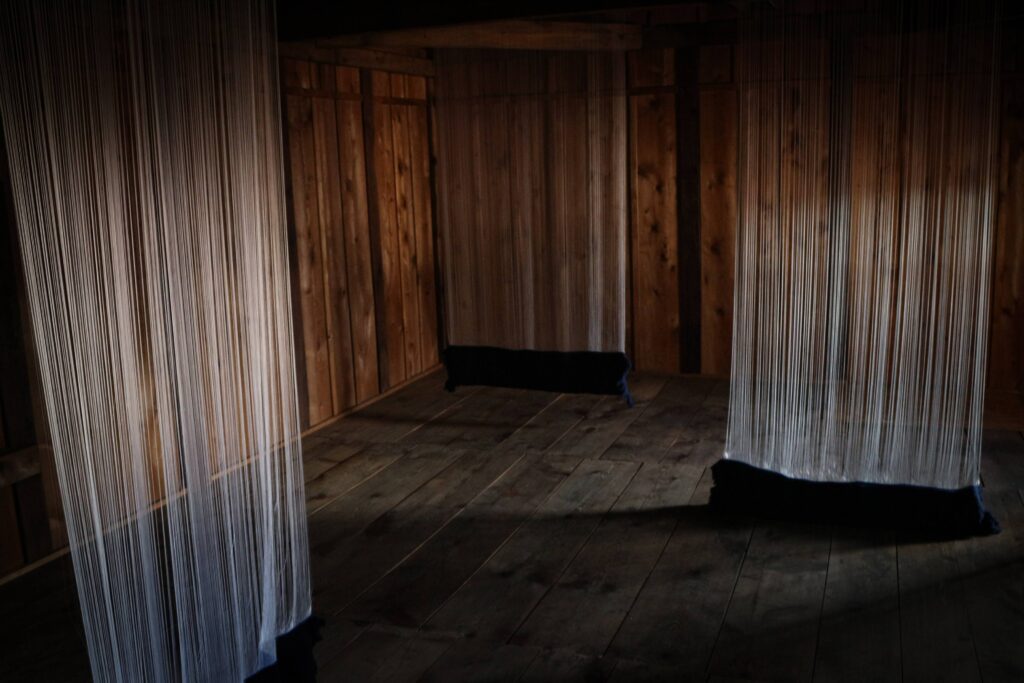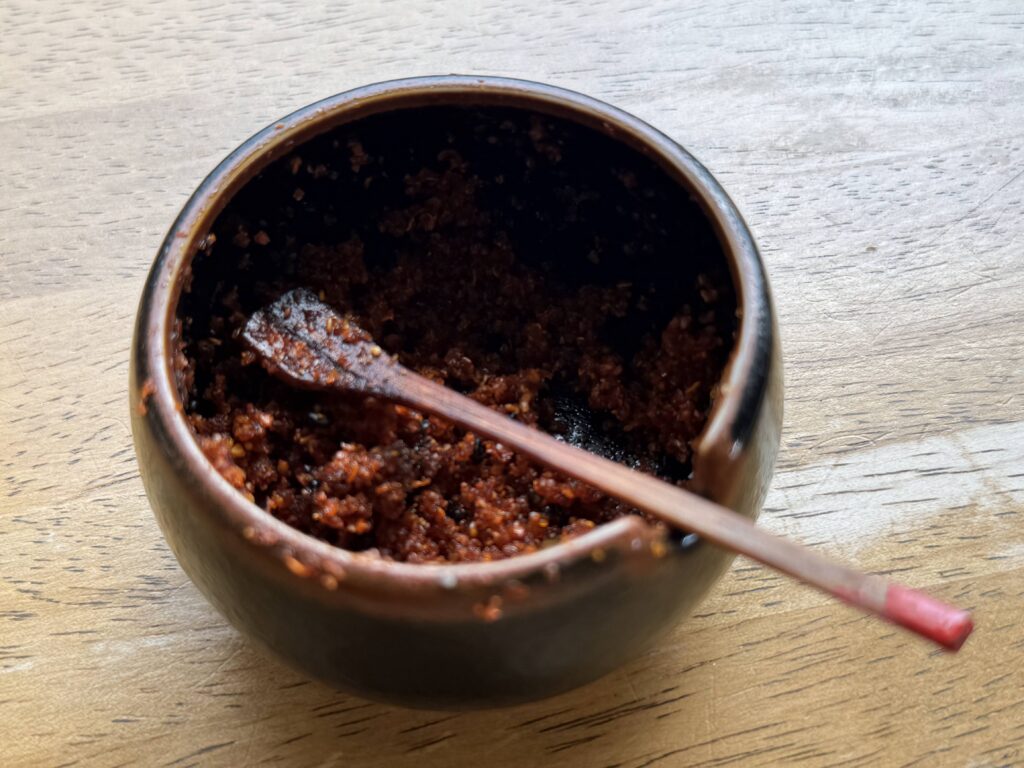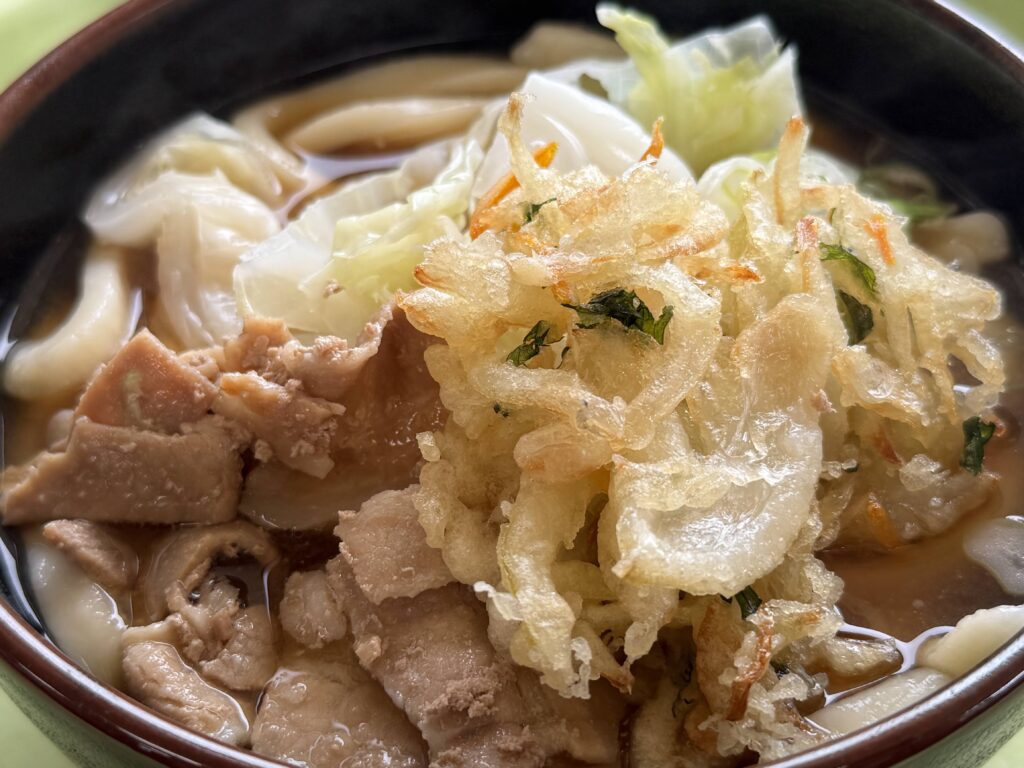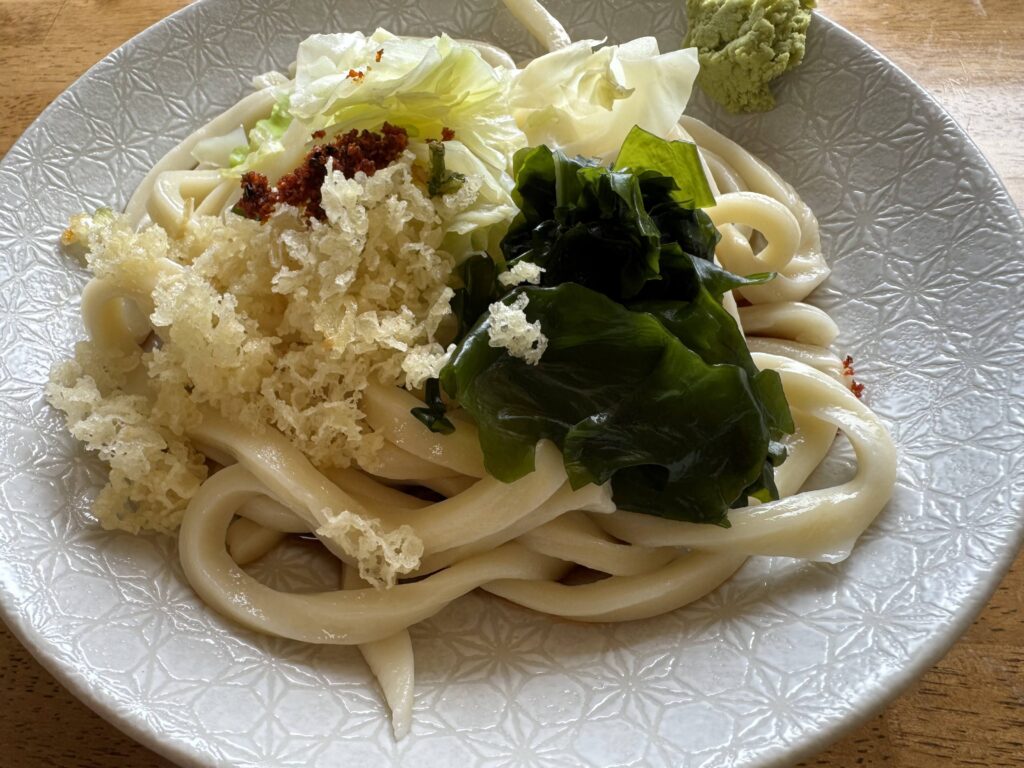Yoshida no Udon: A Local Soul Food from the Mount Fuji Area
Food is a great way to experience a region’s culture. When you eat local food, you can learn about the history and lifestyle of the people who live there. Today, I’d like to introduce you to Yoshida no Udon, a favourite of the people in this region.
The area around the base of Mount Fuji is a cool, volcanic plateau, which isn’t suitable for growing rice. Because of this, a culture of flour-based foods, or “konamono” developed here. This is a characteristic common to the mountainous Yamanashi Prefecture as a whole. While udon is the main dish here, other popular flour-based noodles in Yamanashi include Hoto Noodles, a flat noodle stewed with pumpkin, and Otsuke Dango, dough balls added to miso soup in the Otsuki region.
History of Yoshida no Udon
In the Edo period, inns called Oshi were established for pilgrims visiting Mount Fuji. Some people began selling udon to these pilgrims. Many of these udon shops were not formal restaurants but were operated out of the living rooms of private homes. This tradition continues today, with some shops still feeling more like a visit to someone’s house than a restaurant.
From the late Edo period to the Showa era, the textile industry thrived in Fujiyoshida. Women would weave cloth at home while men would travel to sell it. To not burden the women after returning from their long trips, the men started making their own udon. They kneaded the dough by hand, resulting in the thick, firm, and chewy udon that is the root of Yoshida no Udon.

Even today, in this small town centered around Fujiyoshida City, there are over 40 Yoshida no Udon shops in operation.
What is Yoshida no Udon
The basic style of Yoshida no Udon is as follows:
- Thick, very firm noodles made with a lot of salt.
- A soup base made from a mix of soy sauce and miso.
- Toppings of boiled cabbage and meat.
- A spicy paste called “suridane”. Suridane is a condiment made by stir-frying ingredients like chili peppers, sesame, and Japanese pepper with oil.
Of course, every shop has its own unique flavor and toppings. Some even specialize in dishes like curry udon. Locals all have their own favorite spot.

How to Order
The ordering method is a little unique, so it’s good to know in advance. Many shops have a small slip of paper on the table. This is your order form. Just write the number of items you want next to the menu item and hand it to the staff. They’ll give you back the slip with your food, which you then take to the register when you pay.

Key Menu Items
かけ (Kake) : The standard udon served in a bowl of hot soup.
つけ (Tsuke) : The noodles and soup are served separately, so you dip the noodles into the soup before you eat them.
冷やし (Hiyashi) : Cold noodles served with a cold soup poured over them.


Toppings:
These toppings are common not just for Yoshida no Udon but for regular udon and soba as well.
わかめ (Wakame) : Boiled seaweed.
山菜 (Sansai) : simmered wild mountain vegetables.
月見 (Tsukimi) : Literally “watching the moon,” this is a raw egg on top of your noodles, with the yolk representing the moon.
Kitsune: Literally “fox,” this is not fox meat but fried tofu, known as “abura-age.”
Tanuki: Literally “raccoon dog,” this is not raccoon dog meat but tempura crumbs, known as “tenkasu.”
Portion Sizes:
大盛 (Omori) : A large portion of noodles served from the beginning.
替え玉 (Kae-dama) : An extra serving of noodles added after you’ve finished your first bowl.
Many shops don’t have English menus and can be hard to spot from the outside, but don’t let that stop you. Now that you know the basics, give it a try.
You can download Yoshida no Udon Map from the the website below.

